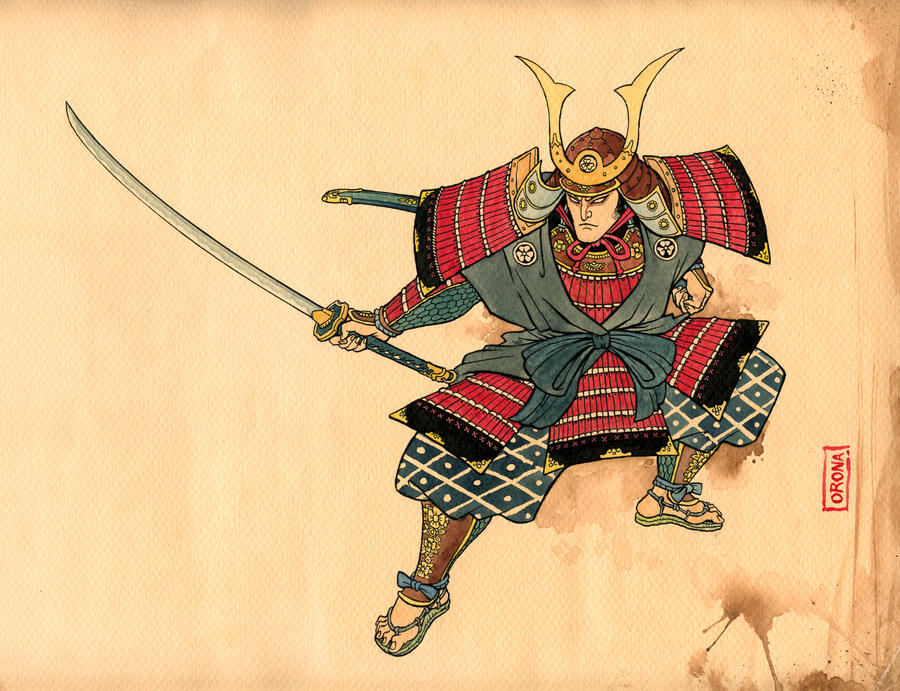Of course everyone has heard of Valentine's Day, and it's as big a deal here in Japan as anywhere else. Everyone loves receiving gifts like a dozen roses for Valentine's Day, right? Indeed it's a rare chance for the notoriously reserved Japanese people to show a bit of love. But how many of you know about White Day? No, it has nothing to do with racial pride or laundry detergent.
It's exactly one month after Valentine's Day and the two are a pair. In Japan, the Valentine's Day tradition is for girls and women to give gifts (usually chocolate or cookies) to the boyfriends, husbands, fathers, teachers, bosses, co-workers, guys they pass on the street...no, wait, it's not quite that extreme. But the concept of "giri-choco", or giving chocolates out of duty rather than love is common though not something most women really feel like doing. If the gift is to be seen as really heartfelt, it needs to be handmade. So department stores will do a brisk trade in the various ingredients needed to make chocolate confectionaries. With all the romantic hype in stores and the media, as well as the pressure of giri-choco, a guy who gets no chocolates on Valentine's Day is entitled to feel like something is seriously wrong with not just his social life but also his workplace.
Anyway, for the ladies the pay-off comes a month later on March 14, when it's the guys' turn to give something back. With the name White Day, I suppose the gift should be something white, and the only "tradition" I have heard regularly is that it was white lingerie. But I can't imagine that actually happens so often except between particularly romantic couples. The other rule, called "sanbai-gaeshiin," is that the guys are supposed to give a gift worth three times the value of what they received a month earlier (oh right, that's fair!). And certainly it's common to hear high school girls saying they give a couple of hundred yen's worth of giri-choco to their Dads only with the ulterior motive of getting a Gucci bag or something similarly extravagant in return. Such is the materialism of today's Japanese youth! But the most common gifts semm to be chocolates, cookies and flowers, all the way up to jewelry and those expensive accessories that many ladies hope for and hint at but don't ask for outright.
White Day, as you have probably already guessed, is a creation of marketing minds rather than anything remotely traditional. Though some sources talk about similar ideas in the mid-1960s, it's popularity only dates back to the early 1980's and so it doesn't have quite the marketing punch of its February partner. But if you got something from a young lady last week, you might want to consider the consequences of not giving something back...




















